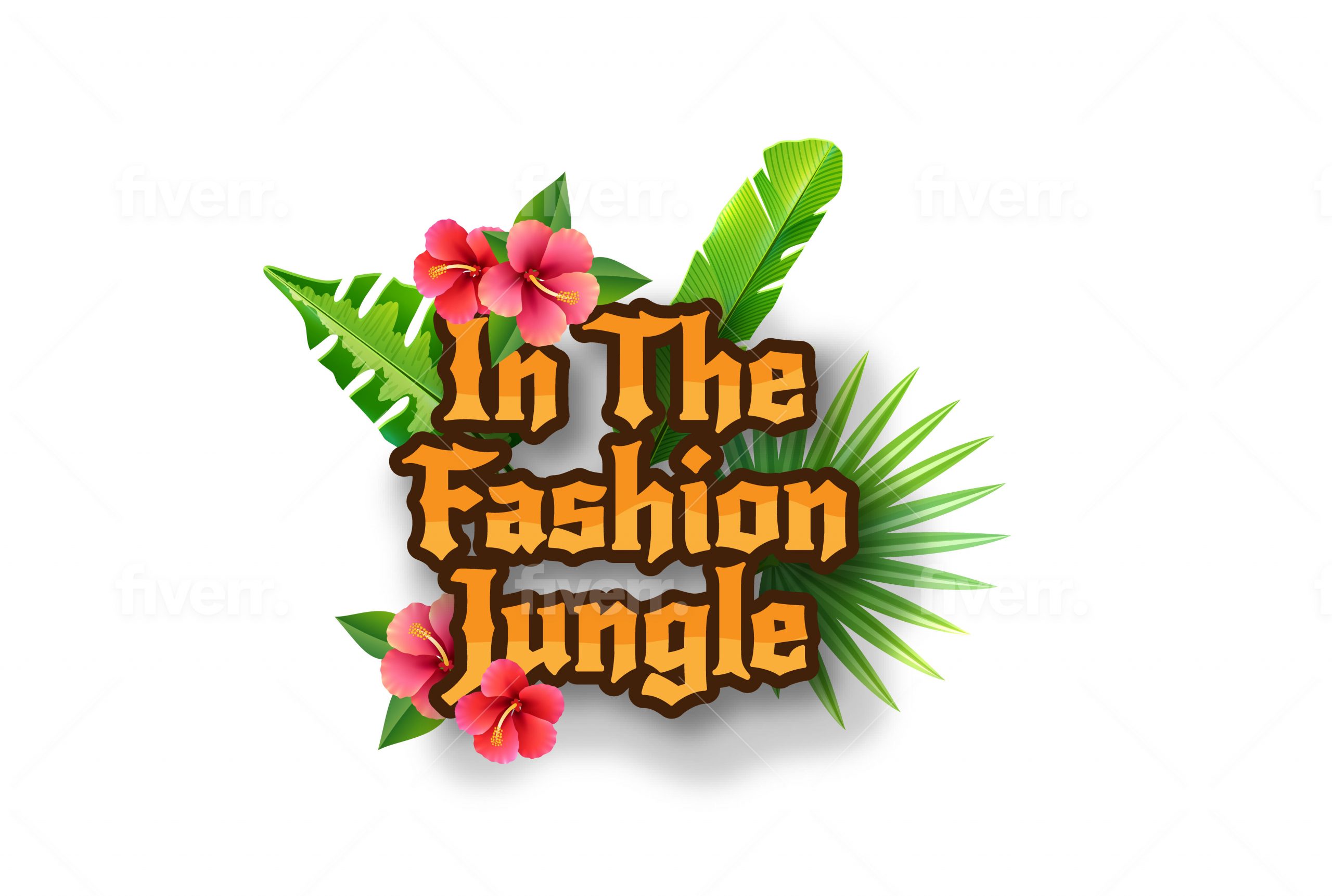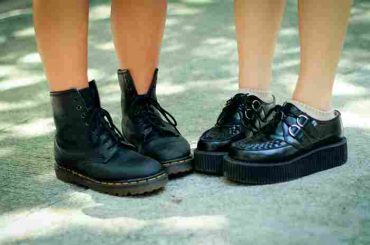When members of a community adopt the elements of a smaller and less influential ethnicity, without understanding the sentiments related to them, it’s called cultural appropriation.
In simple words, cultural appropriation means exploiting a community’s culture to appear cool or trendy.
One example of cultural appropriation is white people wearing their hair in dreadlocks. Black people having their hair in dreadlocks have been ridiculed for centuries. Now, it has become a trend that is being followed religiously.
There are many other hairstyles, clothes, dances, and jewelry articles that fall under culture appropriation. Are nose cuffs one of those? Let’s find out.
Table Of Contents
What is the history?
The history of nose cuffs is quite intriguing.
It has been around for the last 4000 years in the Middle East. Around this time the Bible was also revealed and has a mentioned nose cuff.
The Bible in Genesis 24:22 talks about Abraham’s son, Isaac finding a wife for himself and gifting her Shanf (nose ring) as the wedding gift.
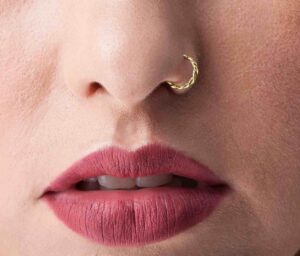
Later, the nose cuff found its way to India when Mughal Emperors took over the country in the 16th century. The nose cuffs gained popularity in India and became part of Indian culture.
In India, women about to get married still get their noses pierced as a sign of submission.
The nose ring is also believed to relieve the pain of menstruation and childbirth.
Women living in Northern India believe that piercing the left nostril is beneficial while southern Indians prefer piercing the right nostril.
After India, the nose cuff tradition traveled to Africa. To this day, the African nomads of the Berber and Beja communities wear nose cuffs.
The Bedouin tribe in the Middle East also adorns nose cuffs as wealth and status symbols. Women wearing bigger nose rings have influential and rich husbands.
The women from the Tibetan tribe Apa Tani also wore huge nose rings to protect themselves from the prying eyes of other men.
Europe got introduced to nose cuffs in the 19th century. Ethel Granger, born in 1905, became extremely popular in Europe for her contemporary piercings. Especially her double nose cuffs.
The South American tribes saw nose cuffs as a physical representation of one’s power and status.
Prominent figures like Lord Ajpop of the K’iche tribe wore nose rings to show his power.
In 1913, French singer and actress Polaire, famous for her unique style stunned the American audience on her tour by adorning a nose cuff.
Though Americans loved her style, the nose cuffs remained foreign to Americans for the next 50 years.
In the 1960s, the hippie culture rose in the United States and its supporters began wearing nose cuffs.
Some hippies even traveled to India, as they believed that, unlike Americans, Indians would accept them as they are.
Later many well-known celebrities also started wearing nose cuffs for their exotic appearance. This was when nose cuffs became acceptable in the West.
The music world took nose cuffs in with open arms. People began picking up the trend by seeing music videos that showcased singers wearing nose cuffs.
Janet Jackson and Dennis Rodman are two celebrities who played a massive role in making nose cuffs publicly acceptable.
Today, nose cuffs have become extremely popular amongst men and women all around the world.
While some see the nose cuff as part of their culture, others see it as an exotic piece of jewelry that enhances the appearance.
Is wearing a nose cuff offensive?
When the nose cuff made its way to America, hippies saw them as a way to show defiance of the norms.
Their desire to look rebellious and different pushed them toward wearing nose cuffs.
Goths and punks traveled to India to get their nose cuffs.
This act was extremely offensive as Middle Eastern and Indian people see nose cuffs as an important part of their culture.
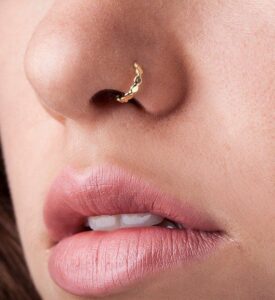
In India, a nose cuff is believed to suppress the pain of menstruation and childbirth.
In the Middle East, men gift nose cuffs to wives on their wedding day. They see it as a way to secure their wives financially, in case of divorce or sudden death.
African tribes see nose cuffs as a symbol of status and wealth.
So, a piece of jewelry that holds so much significance for people, must not be worn to show rebellion or defiance.
Similarly, wearing a nose cuff to modify your body is also offensive.
Is wearing a nose cuff rude or disrespectful?
These days nose cuffs are extremely trendy. Kendal Jenner wore a full-sized Indian nose ring to Coachella.
Many big brands like Givenchy have launched nose rings for women and men. Models have also ramped the walk by wearing various types of nose cuffs.
Nose cuffs are not rude or disrespectful as long as the person wearing them does not have bad intentions.
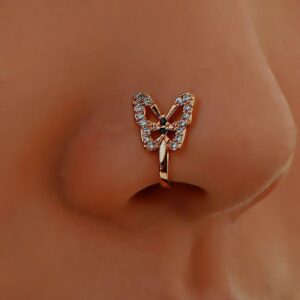
Considering the value it holds for communities around the world, wearing nose cuffs must not be seen as a way to rebel against society.
The nose cuff must not be seen as a body modification tool either.
What is the right way to go about it?
It is impossible to please everyone in the world. Some people might get offended even by the way you breathe.
So, if you wish to get a nose cuff first thing you need to do is understand that not everyone will approve of it.

Some people of color may give you a disgusted look for wearing it. But, if in your heart you have pure intentions, there’s no need to hide from such people.
Secondly, you need to keep the nose cuff’s significance in your mind. It might be just a cool look for you but other people’s nose cuff is a crucial part of their culture.
Lastly, do not wear a nose cuff just because you want to defy your parents or norms of the society. Always respect people and their culture.
If short, a nose cuff is not a cultural appropriation if you wear it with pure intentions.
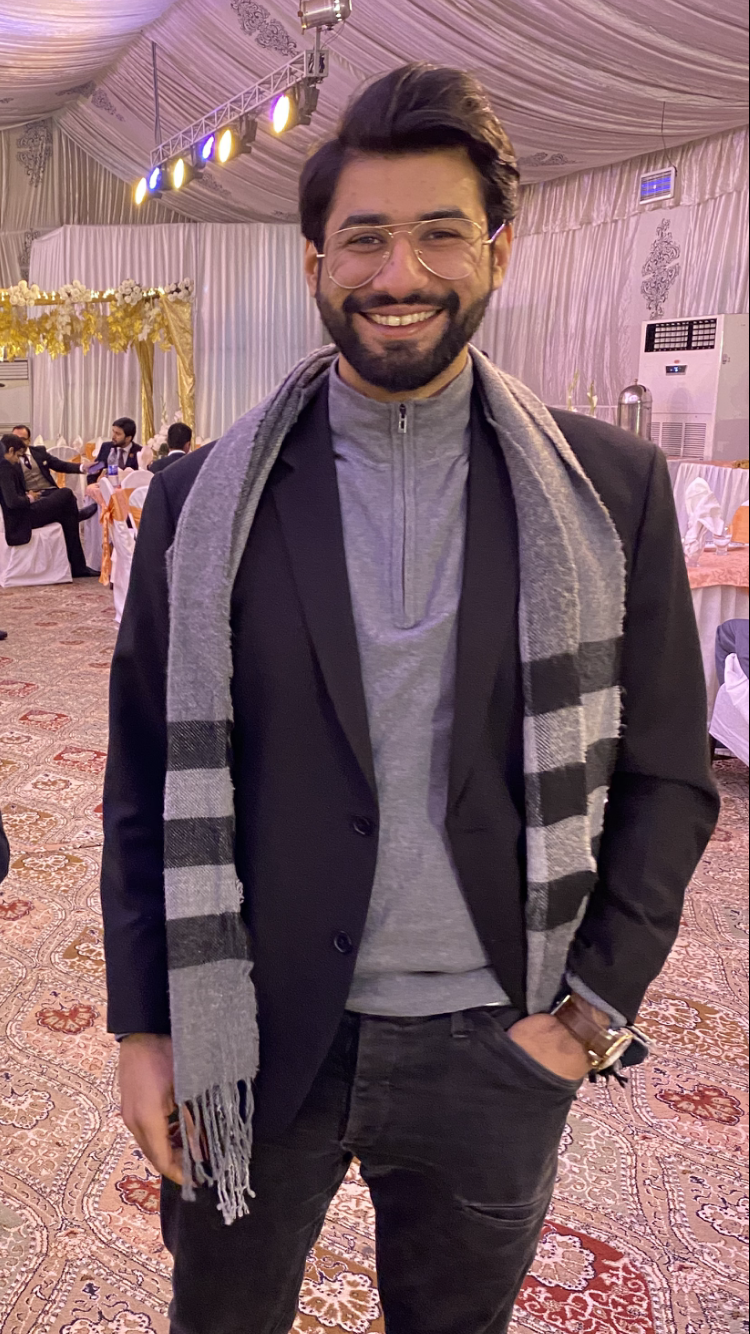
I am the founder of In The Fashion Jungle, A site that aims to bring the latest trends and fashion news to our readers. I have extensive experience in the fashion industry, having worked in fashion manufacturing, production, and quality control for many years.
My passion for fashion began at a young age, and I pursued a degree in fashion design to further hone my skills. After graduation, I worked with several well-known fashion brands, where I gained valuable experience in all aspects of fashion production.
Over the years, I have developed a keen eye for fashion trends and have a deep understanding of the manufacturing process. This has allowed me to successfully launch my own fashion site, where I can share my knowledge and expertise with others who are passionate about fashion.
Through my site, I hope to inspire others to express themselves through fashion, whether it be through clothing, jewelry, or accessories. I believe that fashion is a form of self-expression and that everyone should have the opportunity to feel confident and stylish.
Thank you for taking the time to learn more about me and my passion for fashion. I look forward to sharing my insights with you through my site.
